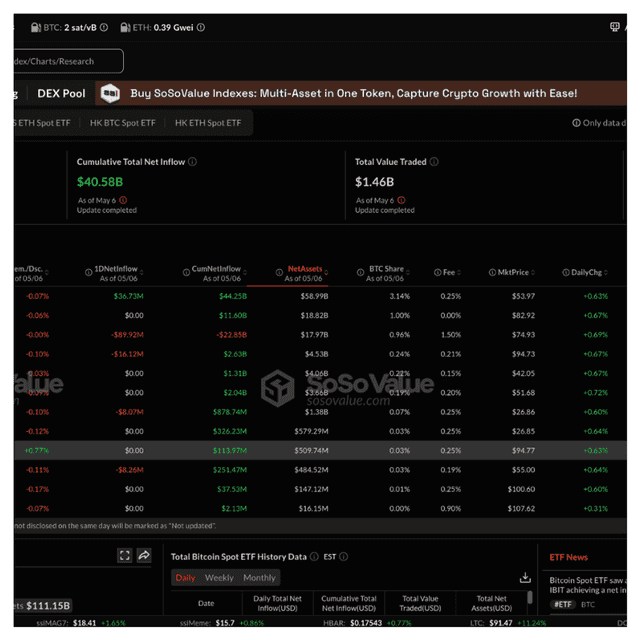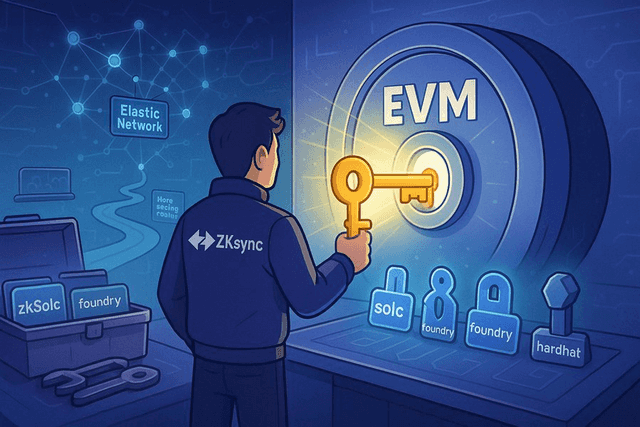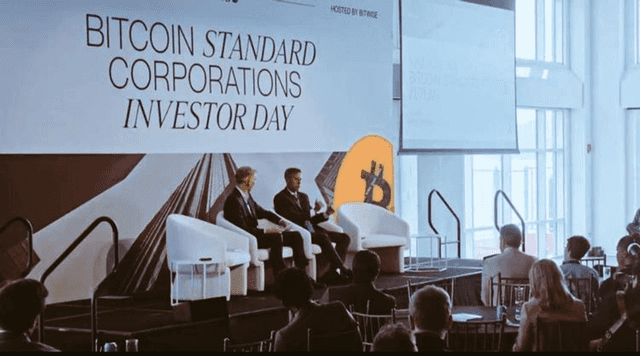2025-05-06 09:30
BLOCKMEDIA

Image source: Block Media
# Blockchain Interoperability Revolution: Introducing Trustless Union Labs
Blockchain technology has seen rapid advances in a short period. Following Ethereum(ETH)'s Merge, the proliferation of Layer 2 rollups, and the emergence of ecosystems like Cosmos(ATOM), Polygon(MATIC), and Solana(SOL), decentralized networks have expanded. However, this growth has led to fragmented user experiences and assets. Using multiple chains through different wallets often incurred high fees, varying speeds, and security risks, with major hacks shaking confidence in a true multichain network.
## Cross-Chain Solutions: Promise and Challenges
To tackle these issues, cross-chain protocols have been developed to facilitate token and data transfers across blockchain networks. Key players include LayerZero(ZRO), Wormhole(W), and Axelar(AXL). These solutions, while effective, often depend on centralized validators or nodes to relay messages and execute transactions.
Such centralized setups are prone to vulnerabilities. A stark example is the 2022 Wormhole hack, where a breach in the Solana-Ethereum bridge resulted in a $320 million theft, exposing risks like key leaks, collusion, and insider attacks despite operational simplicity.
## Union Labs: Decentralized and Trustless Design
Union Labs (UNION Labs) aims to resolve these systemic issues by introducing a fully decentralized, "trustless" interoperability protocol that removes dependency on centralized entities. It allows anyone to participate in the validation process, promoting an open architecture.
### ZK-Based Consensus Verification: Revolutionary Security
Union Labs uses Zero-Knowledge (ZK)-based consensus verification to mitigate traditional bridge vulnerabilities. Validators' signatures, generated during block creation, are aggregated into a single compact signature using the Boneh–Lynn–Shacham (BLS) algorithm, efficiently compressing numerous individual signatures and simplifying the validation process.
Union's consensus engine, CometBLS, combines speed with security. The aggregated signature is further compressed using ZK-SNARK technology and transmitted to other chains, demonstrating consensus safely without centralized operators or oracles.
### Modular Architecture for Flexibility and Scalability
Union’s design features a modular architecture with three layers:
1. **CometBLS** for block consensus.
2. **Gallois**, compressing consensus data into ZK proofs.
3. **Voyager**, transmitting compressed proofs to other chains.
This setup allows seamless integration with new chains by simply deploying the "Union Light Client." Whether it's EVM-based mainnets, Move VM rollups, or unique chains like Bitcoin L2s, Union facilitates immediate cross-chain token and message exchanges without complex bridge code rewrites or specialized relayers.
For instance, Move VM rollups can leverage Ethereum, Cosmos, or Bitcoin L2 liquidity, and users can transfer NFTs or assets across chains quickly via a single wallet.
Additionally, Voyager enhances operational stability by recording all transmission processes in PostgreSQL databases, ensuring transfers resume from their last checkpoint in case of interruptions, unlike existing IBC relayer frameworks.
## Economic Design: Incentivizing Honest Participation
Union’s decentralized framework includes an economic model designed for sustainability. Transaction fees from cross-chain asset transfers are distributed among network participants, rewarding nodes that generate or verify state proofs and penalizing incorrect submissions via a slashing mechanism. This system enhances security and integrity, ensuring increased participation strengthens the network.
## Beyond Token Bridges: Universal Interoperability Infrastructure
Union aims to go beyond token bridging, focusing on interconnecting key Web3 services like NFTs, DeFi, and wallets through its universal interoperability infrastructure. Assets are transferred using ICS-20 standards, with UCS03-ZKGM channels managing general message relay. This expands usability by supporting token movements and verifying diverse data, such as rollup transactions, average token prices, and NFT statuses.
Potential applications include depositing Bitcoin L2-issued liquid staking tokens (LSTs) on Cosmos DEXs or using Ethereum-based NFTs as in-game items on the Solana network. Union’s light-client foundation allows seamless operation on lower-power environments like mobile wallets or browser extensions.
## Union's Ecosystem Strategy and Vision
Union has swiftly expanded its ecosystem through strategic partnerships. Key initiatives for late 2024 to early 2025 include:
1. **Bitcoin Ecosystem**: Collaborations with Babylon(BABY) to introduce BTC staking and interlink BTC-based LSTs with Ethereum(ERC-20) assets.
2. **Ethereum Rollup Ecosystem**: Connectivity with Arbitrum(ARB) Orbit, Scroll(SCR), and Movement(MOVE) for seamless Layer 2 asset and message exchanges without external multisig setups, integrating the IBC standard with Polygon’s CDK chains.
3. **Cosmos and IBC**: Partnering with Noble to facilitate secure USDC transfers within Cosmos to other VMs, enabling multi-step transmissions via a single click.
4. **Solana**: Exploring atomic cross-chain transactions involving EVM and Solana assets, addressing connectivity issues.
Additional collaborations include Avalanche(AVAX) on P-Chain light-client specifications and work with RiscZero’s zkVM for sub-20-second proof aggregation.
### Funding and Ecosystem Growth
Union’s innovative approach has attracted significant investment. Union raised $4 million in its 2024 seed round and secured another $12 million in Series A funding in December, led by Gumi Cryptos Capital and LongHash Ventures. Co-investors included founders of Polygon, Movement, and VeraChain, totaling $16 million raised.
Union’s testnet has also thrived with over 50 million transactions and 250,000 users. The v2 app testnet, launched on May 1, brings enhanced performance and interfaces, along with real-time dashboards to track transactions and quests. Union plans to integrate multiple chain types into its mainnet by year-end, targeting subsecond transaction speeds with its Intents and State Lens technologies.
## The Vision: Standardizing Blockchain Interoperability
Despite various multichain solutions, none have yet achieved speed, affordability, and security altogether. Union aims to set a new standard by validating blockchain consensus via ZK proofs, achieving:
- Speeds matching or surpassing centralized solutions.
- Security on par with native chain consensus.
- Scalability through modular light-client integration for new VMs.
Union envisions an ecosystem where connectivity is as seamless as TCP/IP for the internet. By standardizing inter-chain interactions to an API-level experience, Union enables developers to focus on solving problems rather than platform selection.
As blockchain adoption grows, facilitating smooth movement and interoperability across chains becomes essential. Union Labs aims to be the gateway to a multichain future, addressing challenges while maintaining its vision of a trustless, decentralized standard for blockchain interoperability.
View original content to download multimedia: https://www.blockmedia.co.kr/archives/899558




